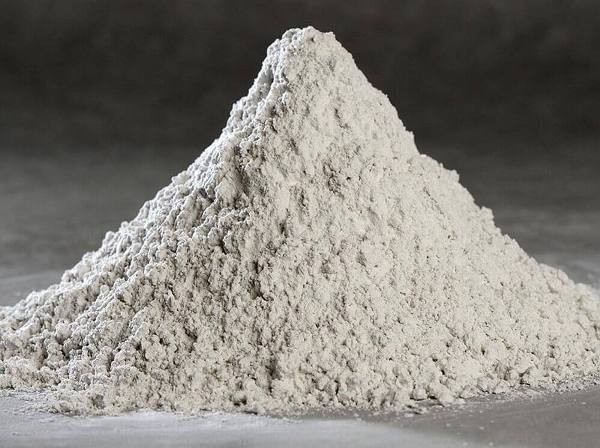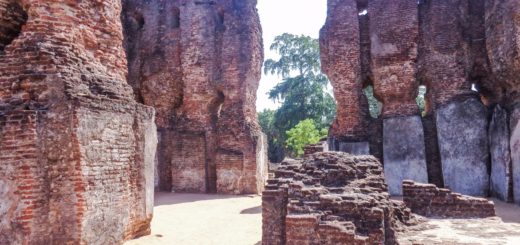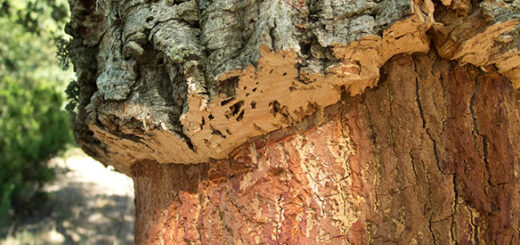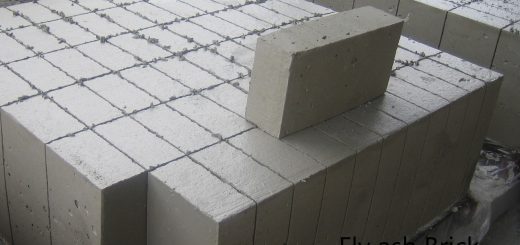Ground Granulated Blast Furnace Slag (GGBFS) in Concrete
Concrete, one of the most widely used construction materials globally, continually undergoes innovations to improve its performance, sustainability, and durability. One such innovation is the incorporation of Ground Granulated Blast Furnace Slag (GGBFS) as a supplementary cementitious material.
In this article, we will explore the properties and benefits of GGBFS when used in concrete, with a special reference to its impact on enhancing durability and sustainability.
What is Ground Granulated Blast Furnace Slag (GGBFS)
GGBFS is a byproduct of the iron and steel industry, specifically from the production of iron in blast furnaces.
It is obtained by rapidly quenching molten slag from the blast furnace with water or steam, which results in the formation of glassy granules. These granules are then ground into a fine powder, which is GGBFS.
GGBFS contains various oxides, including calcium, silicon, aluminum, and magnesium, making it an ideal material for use in concrete. When added to concrete as a partial replacement for Portland cement, GGBFS imparts several beneficial properties.
Properties of GGBFS in Concrete
- Improved Workability
GGBFS particles are finer than Portland cement, which enhances the workability of fresh concrete. This improved workability makes concrete easier to place and finish.
- Reduced Heat of Hydration
The use of Ground Granulated Blast Furnace Slag reduces the heat generated during the hydration of cementitious materials. This is especially valuable in large concrete pours, as it minimizes the risk of thermal cracking.
GGBFS is used as combination material with cement in most of the countries. Further, it can be added with cement in higher percentage when compared to the fly ash in concrete production.
- Increased Durability:
GGBFS significantly enhances the durability of concrete. Some key aspects include:
- Reduced Permeability: GGBFS reduces the permeability of concrete, making it less susceptible to water penetration and aggressive chemical attack.
- Improved Sulfate Resistance: Concrete containing GGBFS exhibits improved resistance to sulfate attack, which can deteriorate concrete in harsh environments.
- Enhanced Alkali-Silica Reactivity (ASR) Mitigation: GGBFS mitigates the risk of ASR, a chemical reaction that can cause cracking and damage in concrete.
- Increased Strength and Long-Term Performance
While GGBFS may initially result in slower strength gain compared to pure Portland cement, it often leads to higher ultimate strengths. It also enhances the long-term performance of concrete.
- Sustainability
Utilizing GGBFS in concrete is environmentally sustainable. By incorporating a byproduct that would otherwise be disposed of, the carbon footprint of concrete production is reduced.
GGBFS also requires less energy to produce compared to Portland cement.
- Color and Aesthetics
Concrete containing GGBFS typically has a lighter color than traditional concrete. This can be aesthetically pleasing in architectural applications.
Special Reference to Sustainability with Ground Granulated Blast Furnace Slag
The use of GGBFS in concrete aligns with sustainable construction practices in several ways:
- Reduced Carbon Emissions
As GGBFS is a byproduct of industrial processes, its incorporation in concrete reduces the demand for clinker production in cement manufacturing.
Clinker production is energy-intensive and a significant source of carbon emissions in the cement industry.
- Extended Service Life
The durability improvements imparted by Ground Granulated Blast Furnace Slag result in longer-lasting concrete structures.
This reduces the need for frequent repairs and replacements, contributing to the overall sustainability of infrastructure.
- Resource Conservation
GGBFS is a recycled material, which conserves natural resources by decreasing the demand for raw materials in concrete production.
- Waste Reduction
GGBFS is a prime example of turning industrial waste into a valuable construction material.
By utilizing blast furnace slag that would otherwise end up in landfills, the construction industry reduces waste and its associated environmental impact.
- Lower Energy Consumption
The production of Portland cement involves high-temperature kiln operations, which consume substantial energy and release greenhouse gases.
GGBFS, on the other hand, requires less energy during its manufacturing process. Incorporating GGBFS into concrete helps decrease the environmental burden associated with energy-intensive clinker production.
- Reduced Environmental Footprint
Concrete containing GGBFS typically has a lower carbon footprint compared to traditional concrete.
This reduction in carbon emissions aligns with global efforts to combat climate change and reduce the environmental impact of construction projects.
Applications in Sustainable Construction
1. Green Building Certification:
Ground Granulated Blast Furnace Slag is often used in construction projects seeking green building certifications, such as LEED (Leadership in Energy and Environmental Design) in the United States.
The use of sustainable materials like GGBFS can contribute to earning points and achieving higher certification levels.
2. Infrastructure Resilience:
In regions prone to harsh weather conditions, GGBFS-enhanced concrete can provide infrastructure resilience.
Roads, bridges, and coastal structures built with GGBFS concrete can better withstand the effects of freeze-thaw cycles, saltwater exposure, and other environmental stressors.
3. Energy-Efficient Structures:
GGBFS’s ability to reduce the heat of hydration in concrete can be advantageous in constructing energy-efficient buildings.
In hot climates, it contributes to improved thermal performance by reducing the risk of cracking and increasing the building’s comfort.
4. Long-Term Savings:
While GGBFS-enhanced concrete may involve slightly higher initial costs compared to conventional concrete, the long-term benefits in terms of reduced maintenance and extended service life often result in cost savings over the life cycle of a structure.
Ongoing Research and Development
The construction industry is continually exploring new ways to maximize the benefits of GGBFS and other supplementary cementitious materials. Ongoing research focuses on:
- Optimizing Mix Designs: Engineers are fine-tuning concrete mix designs to achieve the desired performance characteristics while minimizing the environmental impact.
- Compatibility with Other Additives: Researchers are studying the compatibility of GGBFS with other additives and admixtures to further enhance concrete properties and sustainability.
- Lifecycle Assessment: Comprehensive lifecycle assessments are being conducted to quantify the environmental benefits of using GGBFS in concrete and to inform sustainable construction practices.
Ground Granulated Blast Furnace Slag (GGBFS) plays a pivotal role in advancing sustainable construction practices by reducing waste, energy consumption, and carbon emissions in the production of concrete.
Its use in the construction industry contributes to the creation of more resilient, durable, and environmentally friendly structures.
As sustainability becomes an increasingly critical consideration in construction, GGBFS continues to be a driving force in shaping the future of the industry, promoting sustainable development, and mitigating its environmental footprint.




